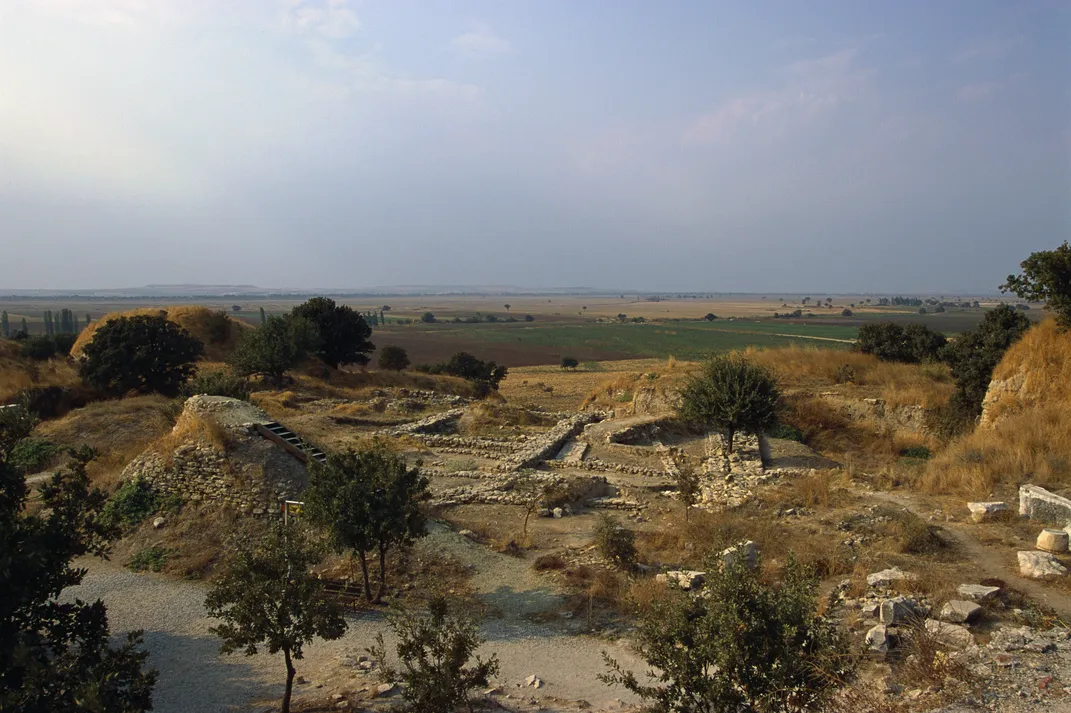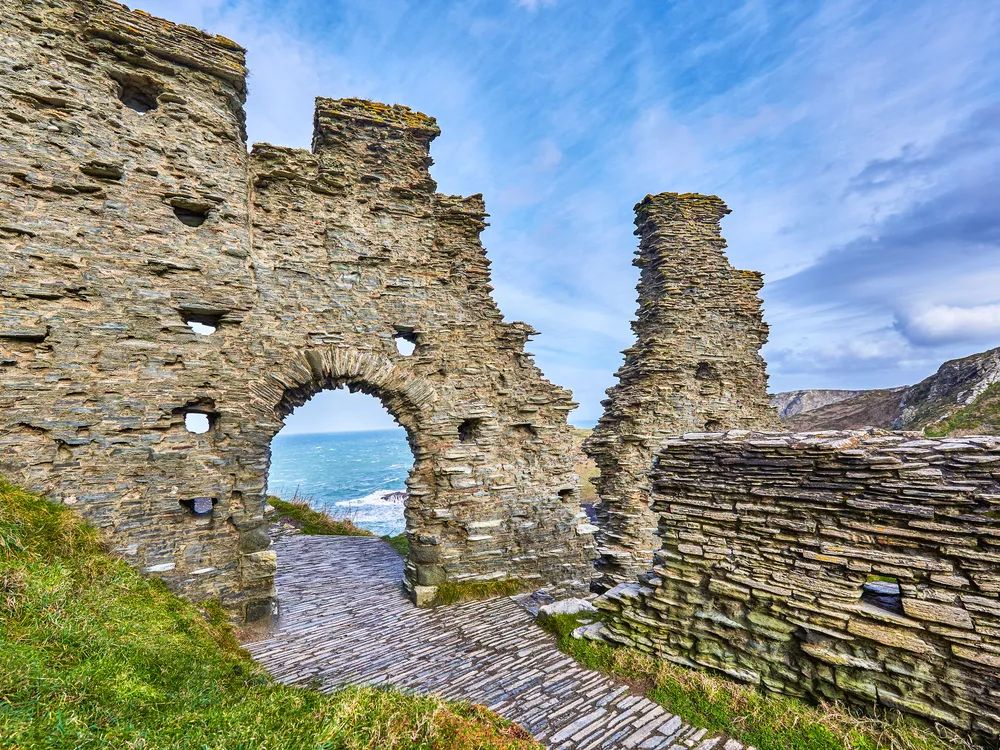Tintagel Castle, a dramatic 13th century fortress on the rocky coast of Cornwall, England, has been associated with King Arthur.
Peter Unger/Getty Images
History is haunted by mythical lands. From the homes of legendary kings to the earthly abodes of gods and monsters, civilizations have always dreamed of extraordinary places hiding in plain sight.
But while it’s unlikely that either Atlantis or Shangri-La was real, there may be more truth to some myths than anyone realized. A growing body of archaeological research suggests certain places—the Minotaur’s maze from Greek mythology; Vinland, the first North American Viking settlement mentioned in the Norse sagas; Solomon’s Temple described in the Bible; and others—could have been more than just fables.
From western Turkey to Jerusalem and coastal England to the Colombian Andes, evidence indicates that these nine mythical places may have actually existed.
Troy, Turkey
Ruins at Troy Dave G. Houser/Getty Images
Troy, the city at the heart of Homer’s Iliad and Virgil’s Aeneid, is one of the most legendary sites of classical Greek mythology. Fantastical details are woven into the tales—the interference of the gods in the Trojan War, the half-divine heritage of the Spartan hero Achilles, the apocryphal gift of a wooden horse filled with Greek soldiers—but archaeologists believe some aspects of the stories were true. “I believe the Trojan War was a historical event,” says Rüstem Aslan, director of excavations at Troy in present-day Turkey, just “not the kind that Homer described.” Close to 150 years of excavations at the site have revealed that, not only was it occupied for 4,000 years, but also during the Late Bronze Age (when Homer’s Trojan War allegedly took place) “the Trojans suddenly began preparing for an insurgence from the outside,” says Aslan.
While researchers are still looking for proof of the battle that raged beyond the city’s walls for ten long years, Aslan does not doubt that it’s there, buried under 65 feet of alluvium, which built up alongside the shifting Scamander (now known as Karamenderes) River nearby. It’s the mouth of that river that makes Troy so important in the first place. “Troy is settled again and again because if you control the harbor, you…
Click Here to Read the Full Original Article at Travel | smithsonianmag.com…
